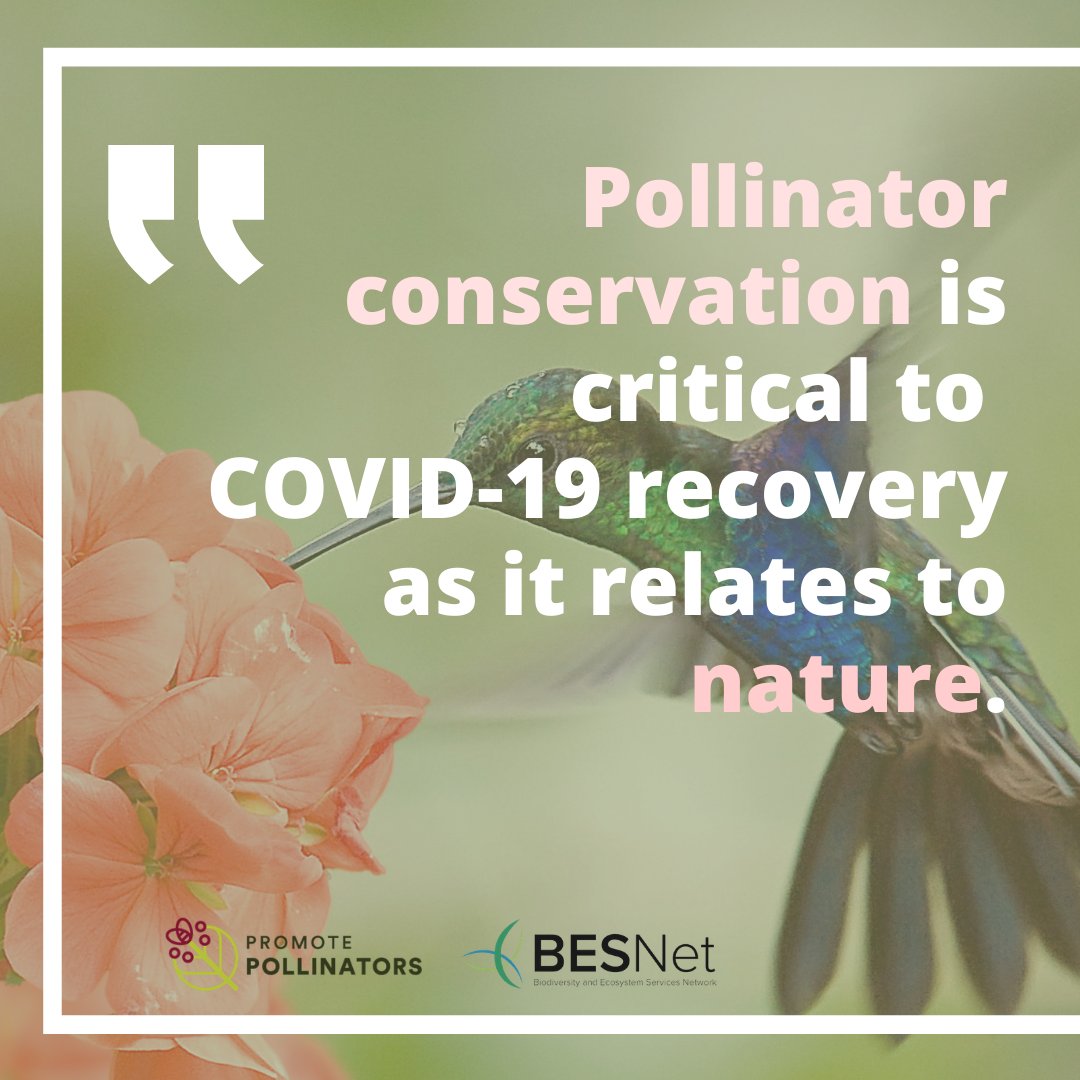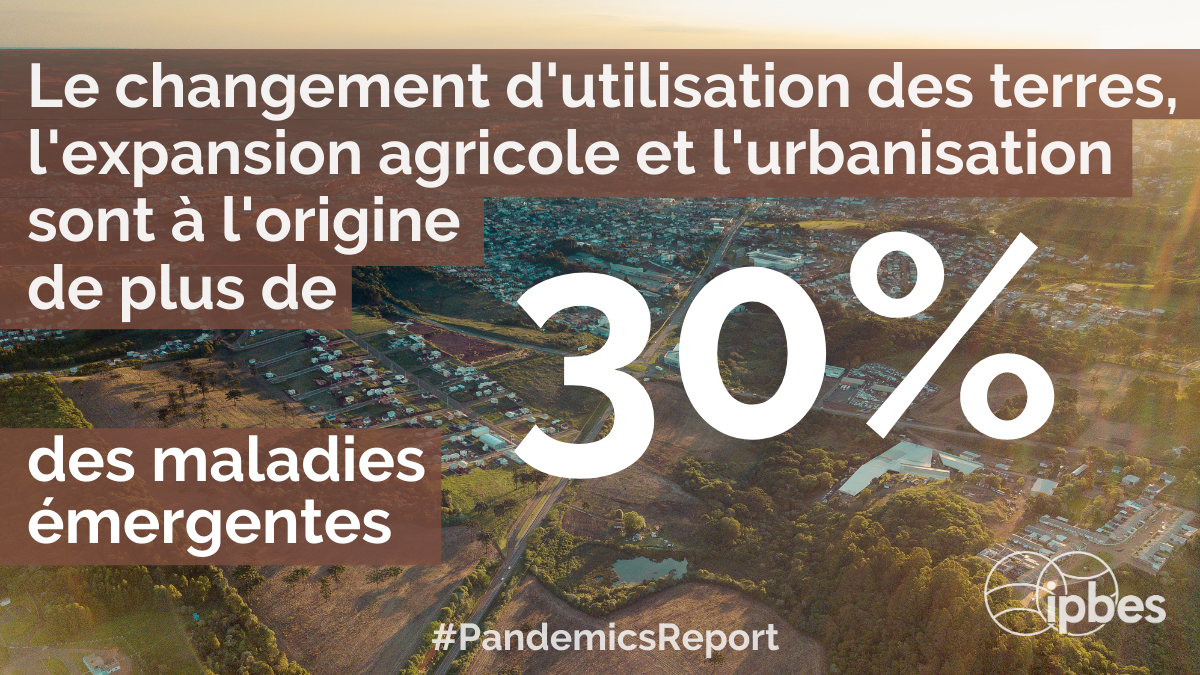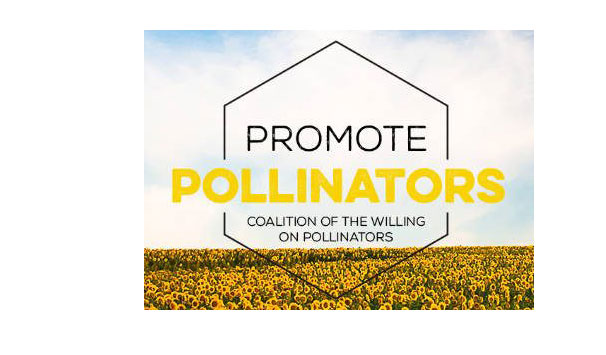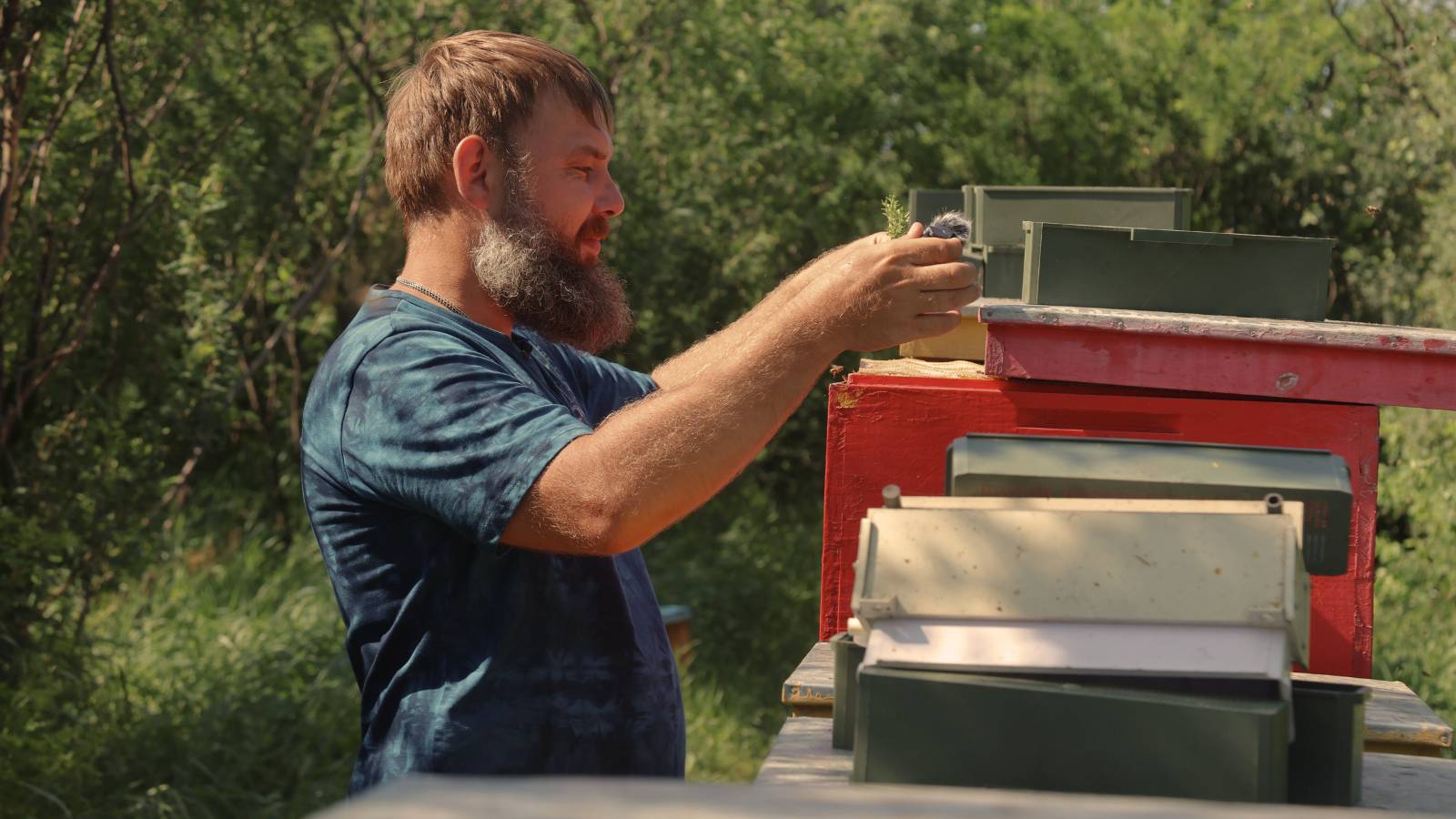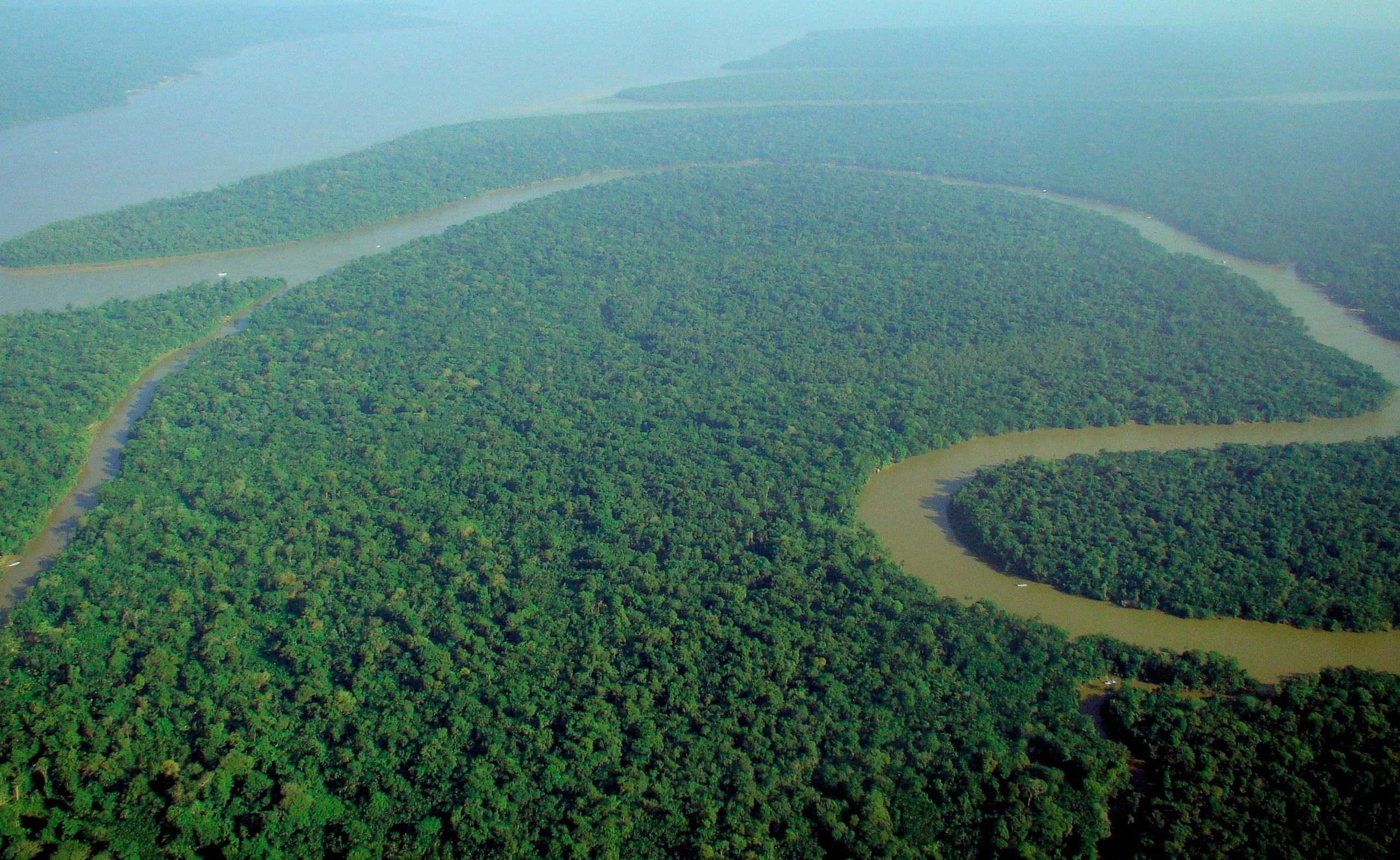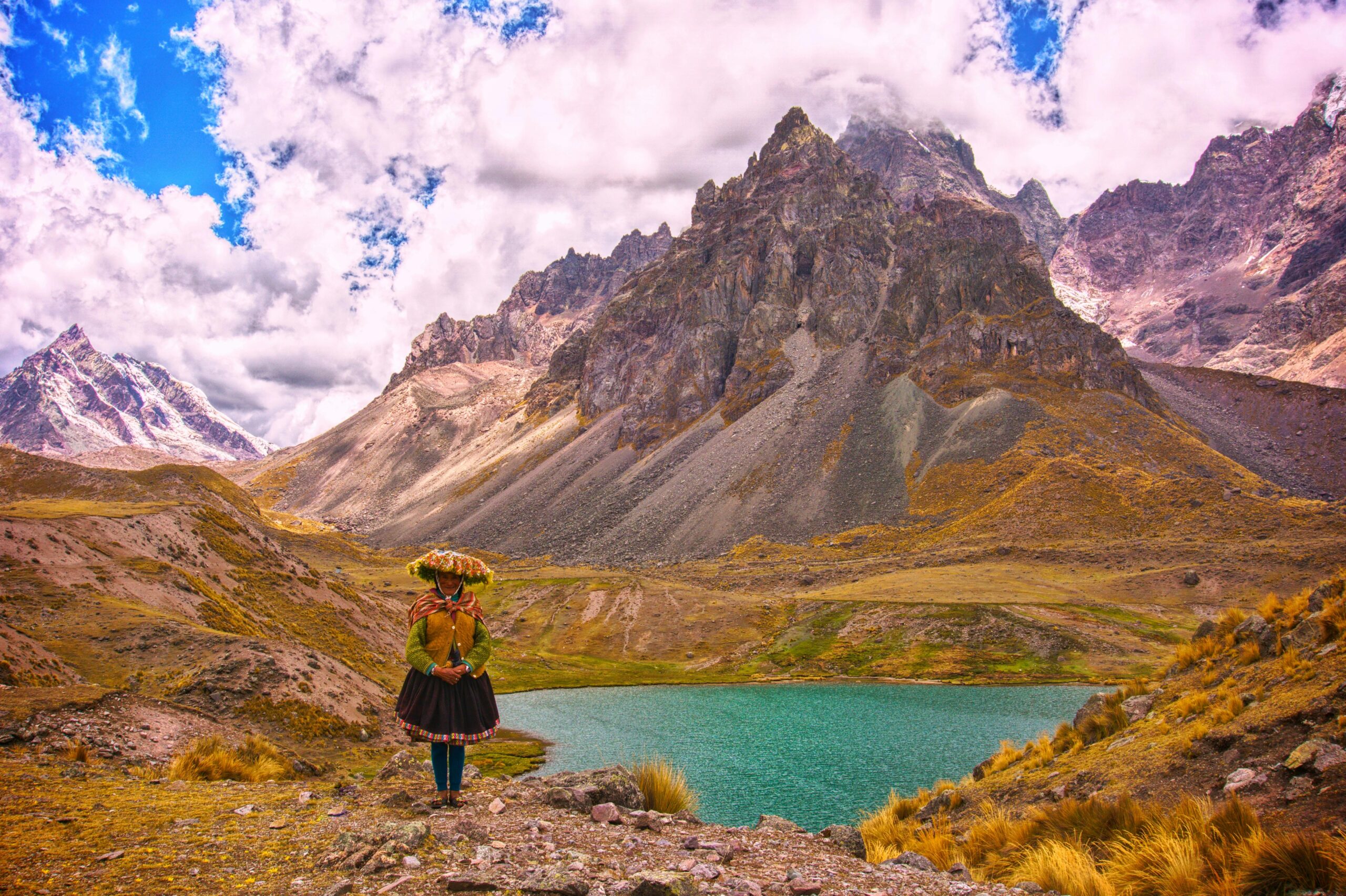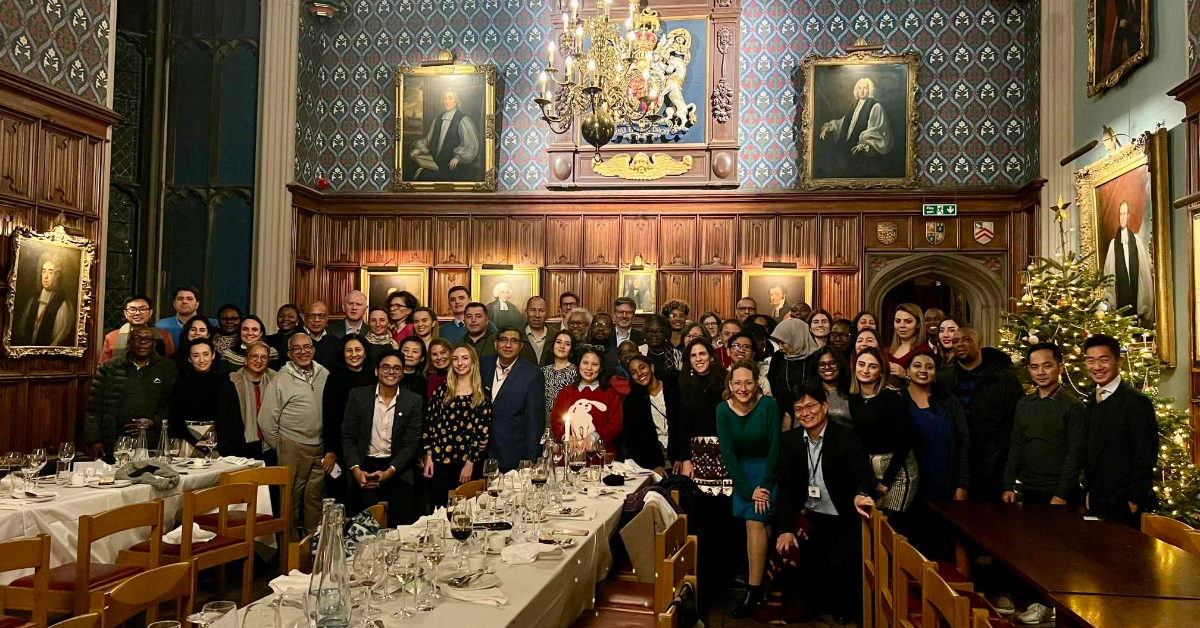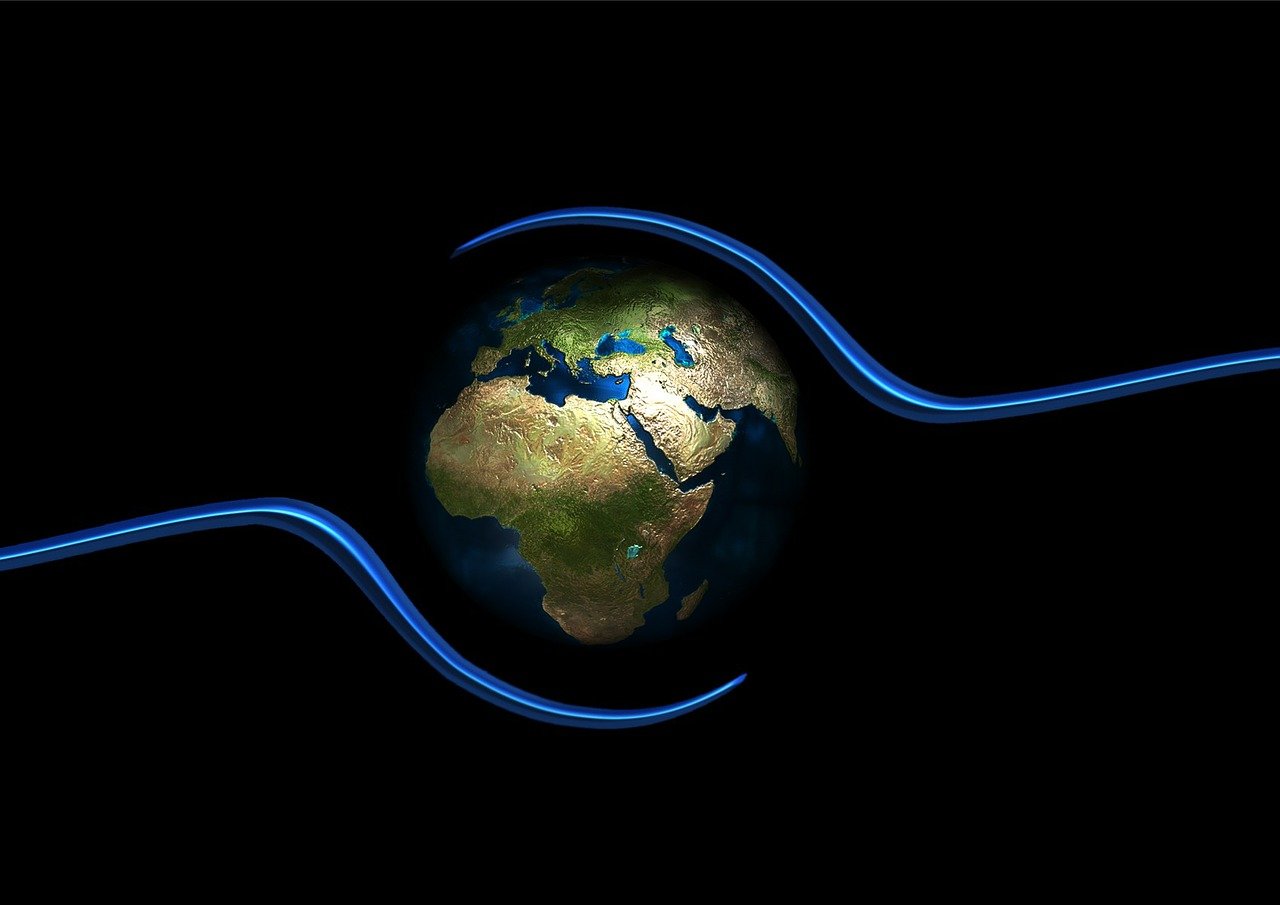This BES-Net Op-Ed series #2 provides insight on how the emergence of zoonotic diseases may impact on existing gender inequalities in biodiversity and ecosystem services access and use. It has probably not escaped the attention of most readers that, in the face of a global pandemic, thus far, countries with female leaders appear to have fared noticeably better than most, and far better than those with populist national leaders. Countries with women in leadership have suffered around six times fewer confirmed deaths from COVID-19 than countries with governments led by men. Whilst the pattern is clear, causality, even the direction of causality is not so clear, as well described in this Harvard Business Review article.
Whilst female leaders have been good for their citizens in the pandemic, the global impacts of the virus have not been gender-neutral. Although infection rates and morbidity data show that men are more likely to contract and die from the COVID-19 virus, the longer-term socio-economic impact of the pandemic is disproportionately falling on women’s shoulders in most countries, as strongly argued by Melinda Gates in this powerful essay.
The little mention of natural resources, biodiversity or ecosystem services in the Melinda Gates essay raises the question of how COVID-19 might affect women through differential impacts via nature’s services. Somewhat surprisingly, it appears that consideration of the gender dimension in ecosystem services is still something of a research “blind spot”, with few detailed studies. For example, Cruz-Garcia et al. (2017) identified only five out of 49 case study scientific articles on ecosystem services and wellbeing that considered gender, and a systematic review by Yang et al. (2018) found only 0.7% of ecosystem services research examined gender dimensions.
These few studies also reveal that gender differences in ecosystem services perspectives, benefits, and control, are context-specific, not universal. Table 1 provides a framework against which potential gender bias in ecosystem services could be identified along with possible mitigation mechanisms, recognising that these may arise from deeply-embedded cultural norms.
Table 1. Gender dimensions of ecosystem services interventions
| Level of intervention | Gender dimensions | Possible implications if gender dimension is ignored |
| Outcomes | Wellbeing is socially constructed; men and women value different aspects and have different needs | Dimensions of wellbeing valued by women (e.g. social relations above private profit) may be undermined |
| Access and property rights | Costs and benefits are determined by how people access resources, technology, and knowledge, and how this is shaped by formal and informal property rights – all are very strongly gendered | Women are barred from accessing key resources because of technology (e.g. fishing gears, boats) or from managing assets (e.g. trees) because of informal and formal rights |
| Decision- making and voice | Formal and informal institutions at all scales are dominated by men; women’s voices and views are excluded | Women are under-represented in forest, water and fisheries user groups and management associations; women are side-lined into women-only groups |
| Priorities and interests | Men’s values and interests dominate | Men prefer activities that generate cash rather than subsistence production; for example, timber and charcoal over fuelwood |
| Framing and power | Ecosystem services that generate cash are preferred over direct provisioning services by men | Women’s preferences are subordinate to those of men |
Source: Adapted from Brown, Katrina, and Matt Fortnam (2018) ‘Gender and Ecosystem Services: a Blind Spot’, pp. 257–72 in “Ecosystem Services and Poverty Alleviation (OPEN ACCESS)”, ed. by Kate Schreckenberg, Georgina Mace, and Mahesh Poudyal, Routledge.
Based on an in-depth review of the ecosystem services and gender related literature, Yang et al. (2018) highlighted that there are significant differences between men and women in terms of their interactions with almost all ecosystem services and types, while these gender-related differences can be location and culturally context-specific (see Table 2).
Table 2. Summary of findings for Ecosystem Services-Gender papers
| Ecosystem Service (ES) category | ES type | Link with gender issue via literature | Gender bias in ES importance ( -male; -male;  - female indicates direction and strength of gender bias) - female indicates direction and strength of gender bias) |
| Provisioning indicate | Fuel and timber |
|
   |
| Food |
|
  |
|
| Medicinal products |
|
   |
|
| Water supply |
|
   |
|
| Others |
|
Insufficient data | |
| Regulating | Extreme events mitigation |
|
   |
| Water quality control |
|
   |
|
| Erosion control and soil formation |
|
   |
|
| Other |
|
Insufficient data | |
| Cultural | Recreation and tourism |
|
  |
| Aesthetic |
|
 |
|
| Spiritual |
|
Insufficient data | |
| Others |
|
Insufficient data | |
| Supporting | Habitat conservation and maintaining biodiversity |
|
   |
Source: Adapted from Yang et al. (2018).
As COVID-19 continues its spread around the globe, attention needs to be paid to how it may exacerbate existing gender inequalities in biodiversity and ecosystem services access and use (see also the One UN Climate Change Learning Partnership [UN CC: Learn] training module on gender and biodiversity here).
As we move forward with the development of the post-2020 global biodiversity framework, perhaps the fact that six of the eight “leaders” of the biodiversity-related conventions are currently women augers well for better consideration of the “gendered nature of ecosystem services” (Fortnam et al. 2019) in any post-COVID recovery.
Further reading:
Brown, Katrina, and Matt Fortnam (2018) ‘Gender and Ecosystem Services : a Blind Spot’, pp. 257–72 in “Ecosystem Services and Poverty Alleviation (OPEN ACCESS)”, ed. by Kate Schreckenberg, Georgina Mace, and Mahesh Poudyal, Routledge. http://dx.doi.org/10.4324/9780429507090-20 (open access)
Cruz-Garcia GS, Sachet E, Blundo-Canto G, et al. (2017) To what extent have the links between ecosystem services and human well-being been researched in Africa, Asia, and Latin America? Ecosystem Services 25: 201–212 (Author copy available here)
Daw, Tim M (2015) ‘Evaluating Taboo Trade-Offs in Ecosystems Services and Human Well-Being’, Proceedings of the National Academy of Sciences, 201414900 http://dx.doi.org/10.1073/pnas.1414900112 (free access)
Daw, Tim M, et al. (2016) ‘Elasticity in Ecosystem Services: Exploring the Variable Relationship Between Ecosystems and Human Well-Being’, Ecology & Society, 21, art11 http://dx.doi.org/10.5751/ES-08173-210211 (open access)
Fortnam, M et al. (2019) ‘The Gendered Nature of Ecosystem Services’, Ecological Economics, 159, 312–25 http://dx.doi.org/10.1016/j.ecolecon.2018.12.018 (open access)
Yang, Y C Ethan, Simone Passarelli, Robin J Lovell, and Claudia Ringler (2018) ‘Gendered Perspectives of Ecosystem Services: a Systematic Review’, Ecosystem Services, 31, 58–67. Author copy available here.



















